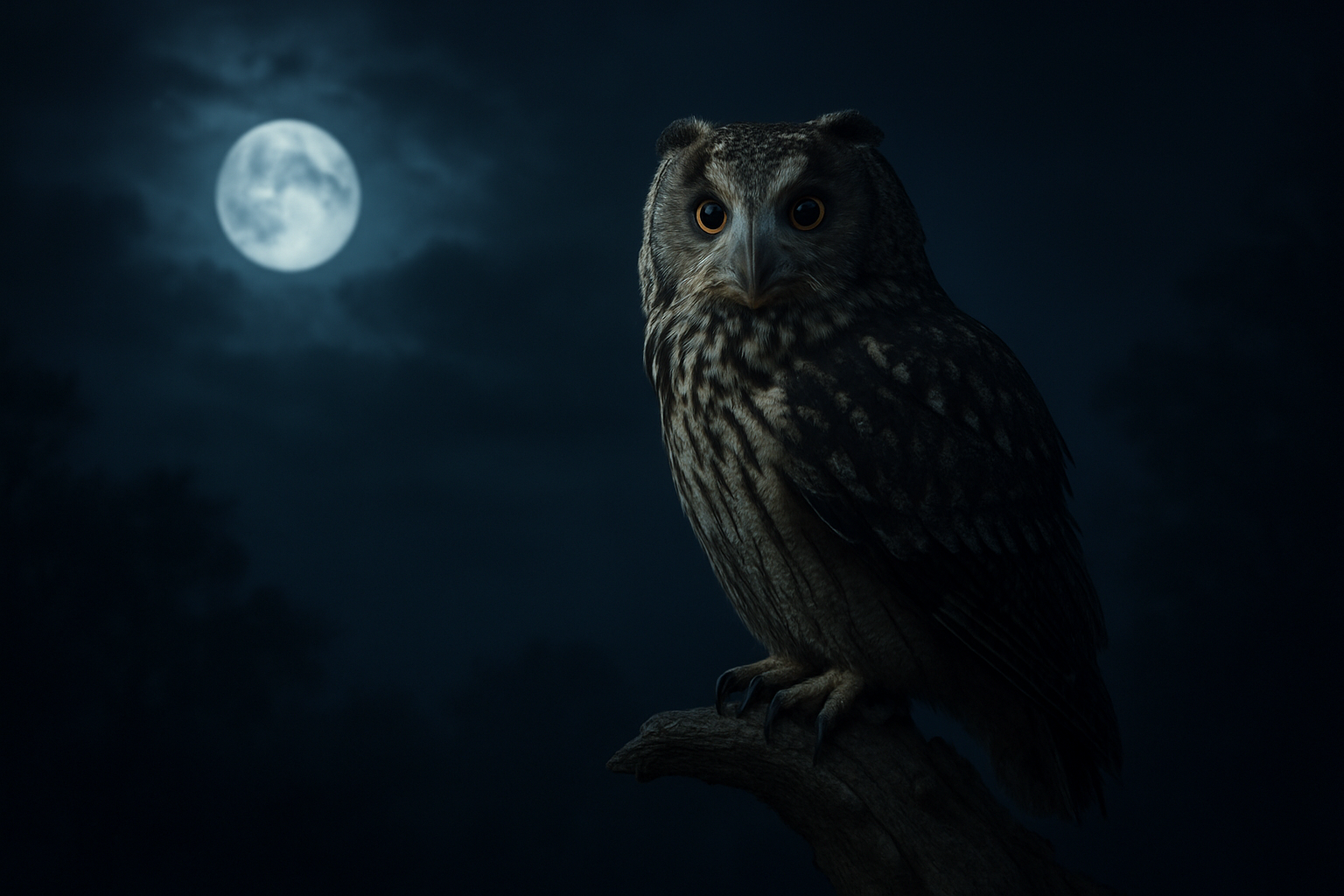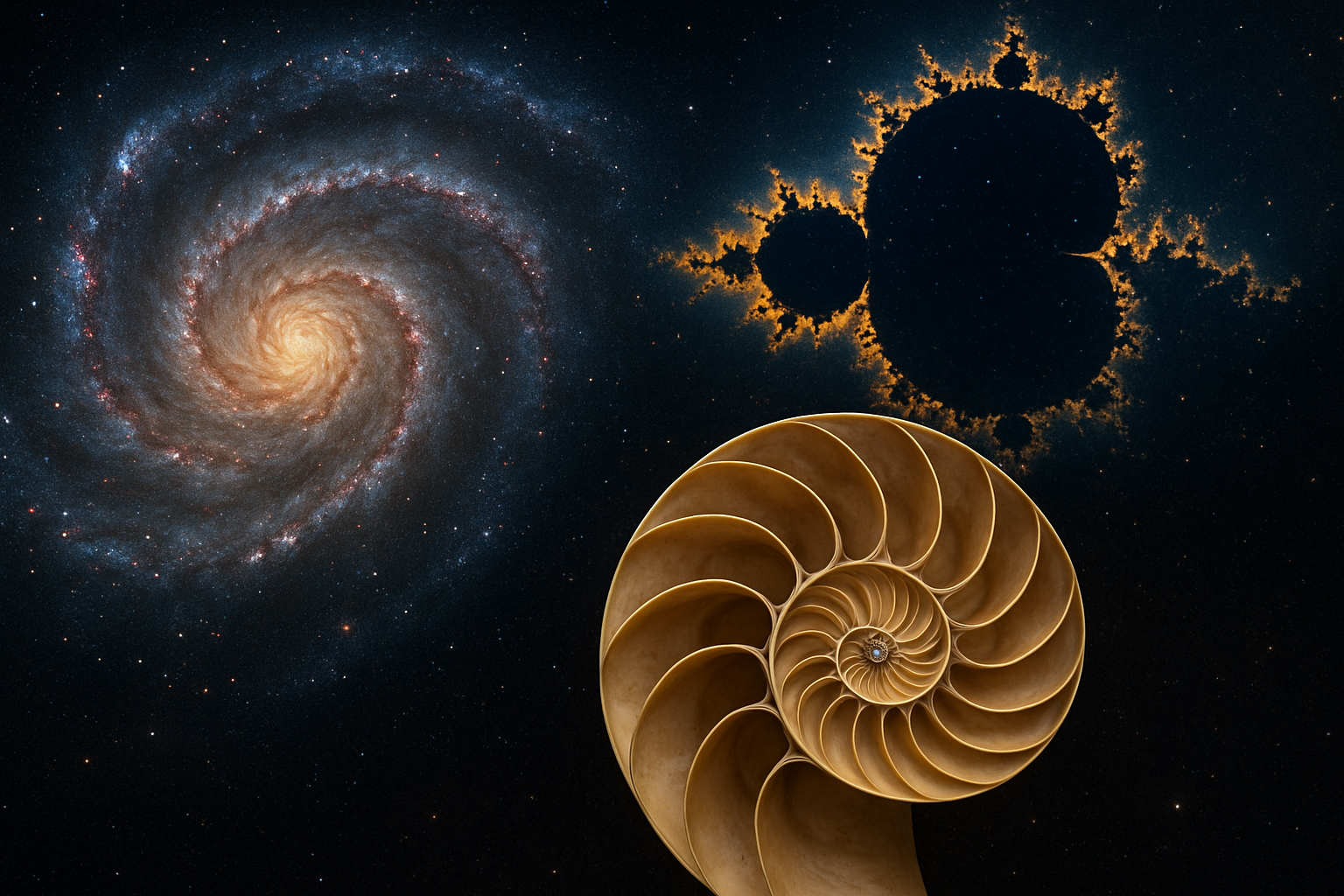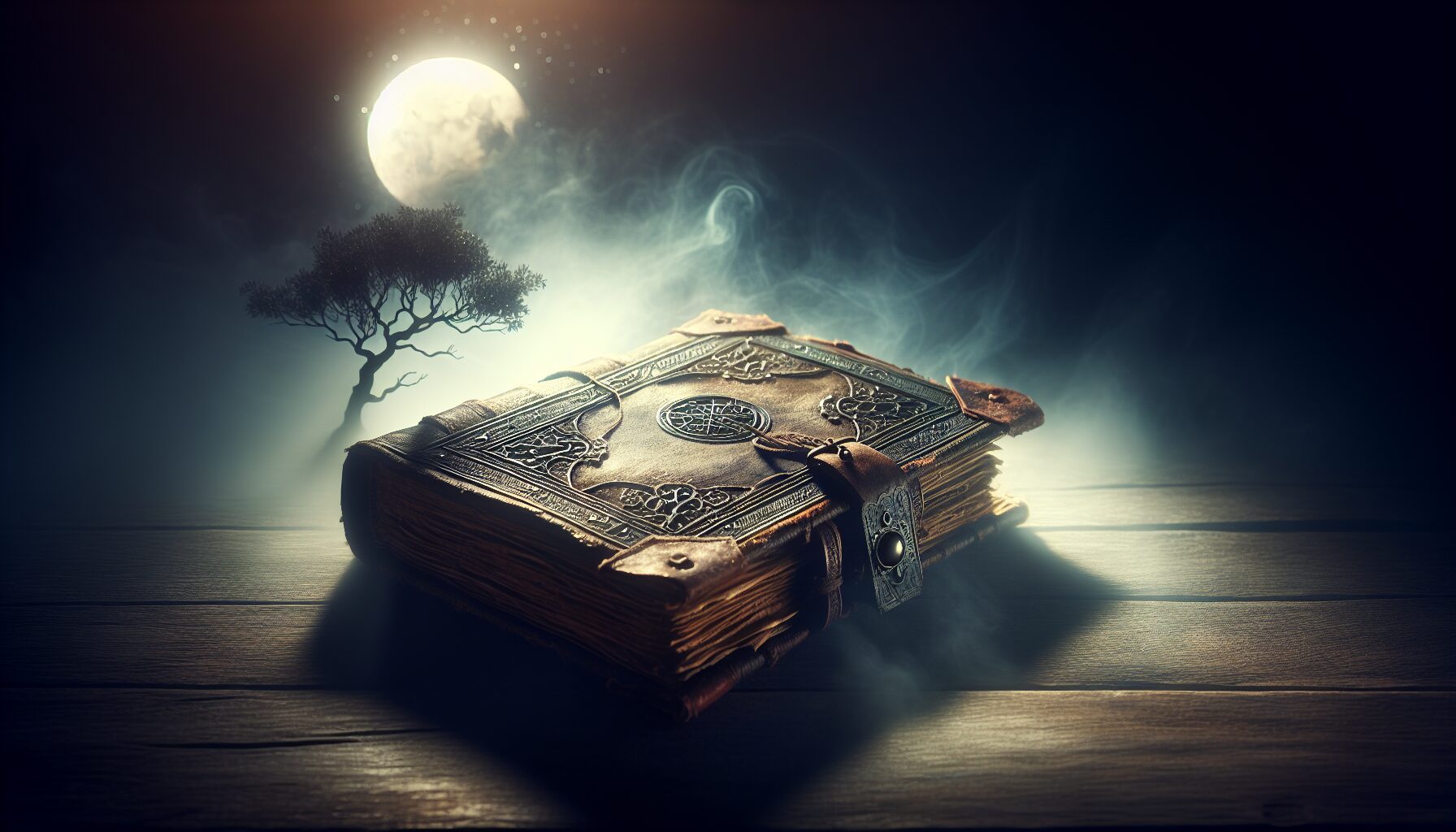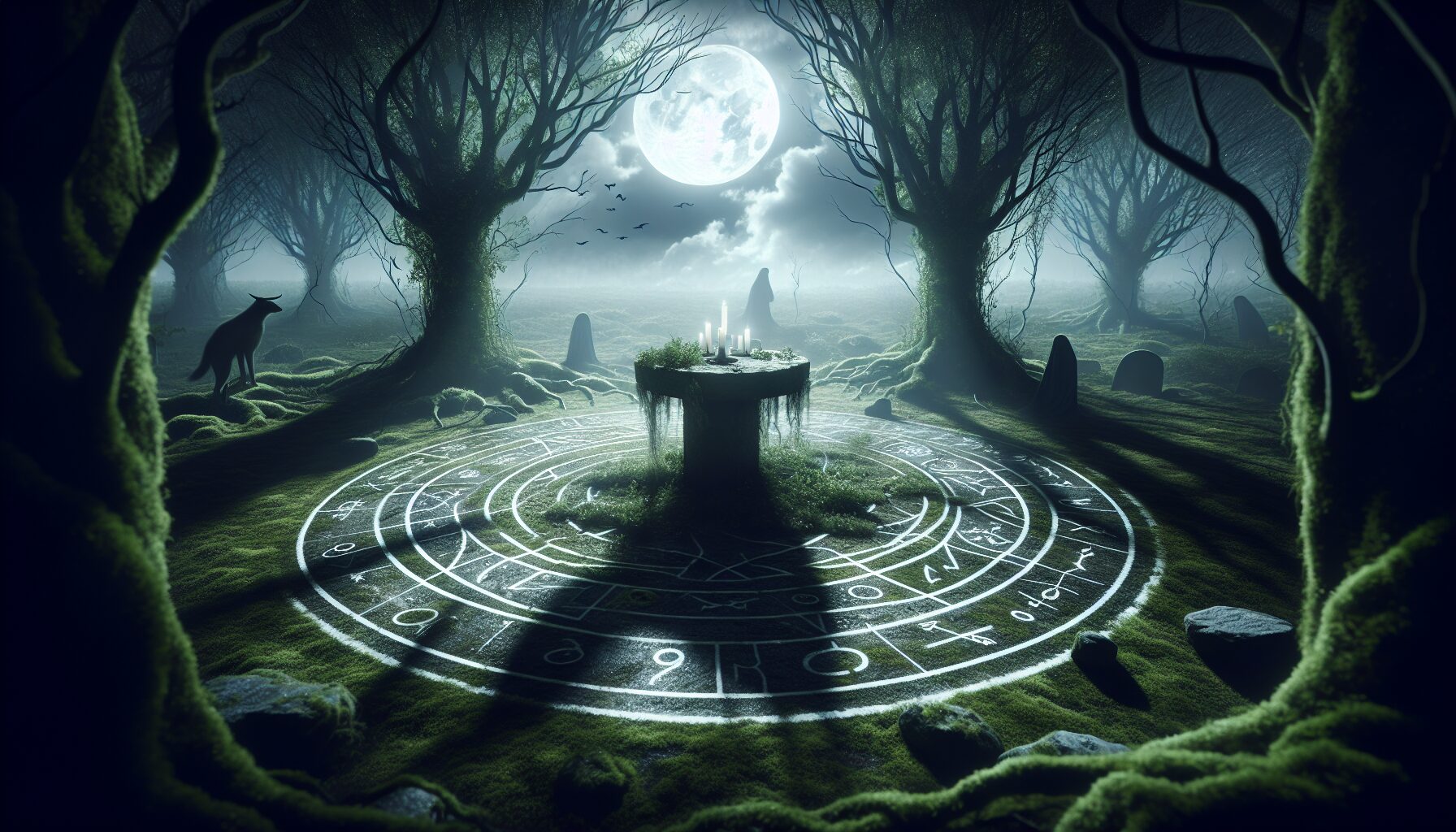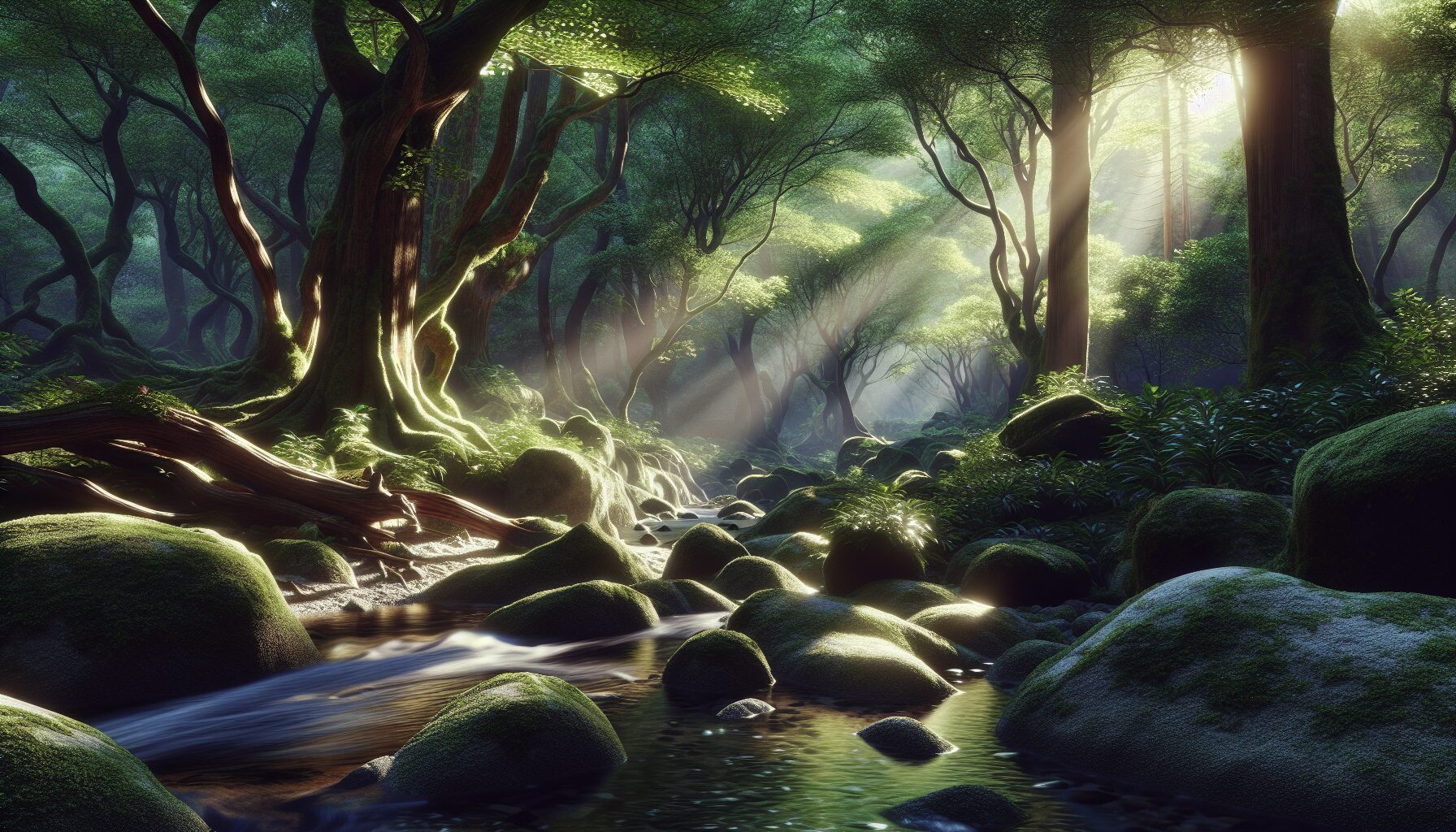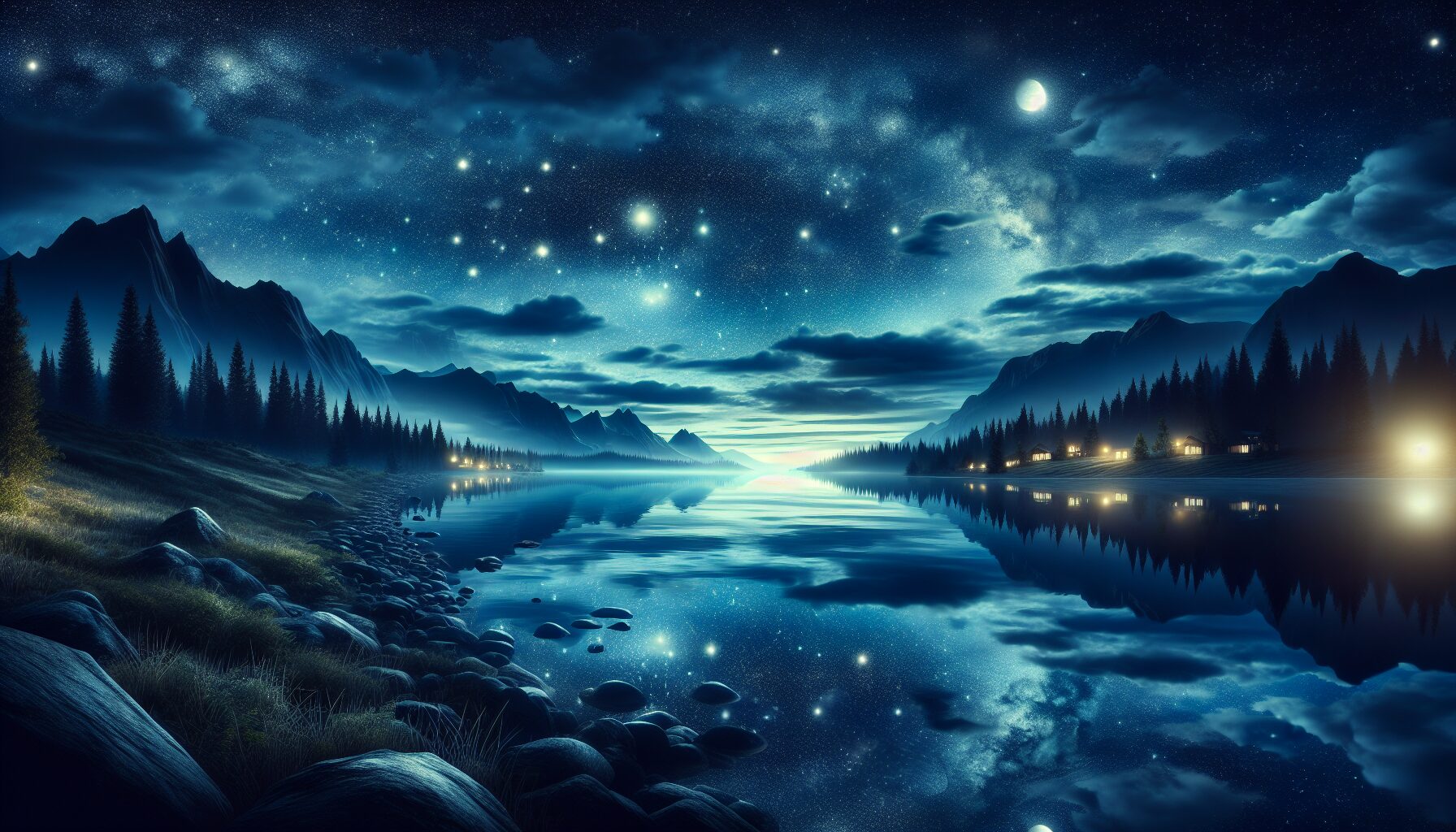Nocturnal Wisdom: Darkness as Teacher
The night cloaks the Earth in a sable shawl, a quiet blanket under which secrets and silence thrive. For millennia, darkness has been both feared and revered, a mysterious realm that hides the unknown and nurtures the soul. In our pursuit of understanding, what can darkness teach us? This article explores how nocturnal wisdom offers profound lessons.”
“And into the forest I go, to lose my mind and find my soul.” — John Muir
The Veil of Mystery
Darkness has long been associated with fear, but it also offers a unique opportunity for discovery. The absence of light forces us to hone our other senses, heightening our awareness and expanding perception beyond the visual. The nocturnal world asks us to trust our instincts and encourages introspection.
In darkness, we are reminded of our vulnerability and our power. Just as John Muir found solace in the wilderness, venturing into darkness invites us to explore the depths of our consciousness. “Within each of us lies a shadow,” says Carl Jung, the renowned psychologist who explored the concept of the shadow self. Acknowledging this inner darkness is a path to personal growth and a fuller understanding of who we are.
The Night’s Quietude
Silence is a powerful teacher, and the night is its classroom. The stillness of a moonlit landscape or the soft rustle of leaves in the dark offer a reprieve from the chaos and noise of daily life. The night sky, dotted with stars, serves as a reminder of our place in the universe.
“The real voyage of discovery consists not in seeking new landscapes, but in having new eyes.” — Marcel Proust
Proust’s words resonate deeply as we navigate the stillness of the night. It is in these quiet moments that we gain clarity, finding answers not in the tumult of external stimuli but within the peaceful confines of our minds.
Lessons in Patience
Darkness teaches patience. The gradual descent of the sun and the methodical rise of the moon are lessons in the cyclical nature of life and the importance of waiting for the right moment. As we sit in darkness, waiting for the dawn, we learn that every challenge and hardship has its end, and every struggle is temporary.
Patience nurtured by nocturnal quietude becomes a guiding light in our personal development. The night teaches us to embrace uncertainty and stillness with grace, cultivating a sense of peace that transcends our struggles.
Creativity in the Shadows
The night has long been a muse for artists, poets, and thinkers. Without the distraction of daylight’s demands, creativity flourishes. The shadowy hours open pathways to innovation and inspiration, as the mind weaves ideas unrestrained by the routines of the day.
The great writer Virginia Woolf expressed this sentiment beautifully: “The beauty of the world, which is so soon to perish, has two edges, one of laughter, one of anguish, cutting the heart asunder.” Woolf understood that darkness can inspire us to reflect deeply, drawing beauty and insight from both joy and sorrow.
Connection to Nature
Being enveloped by the dark allows for a unique connection with nature, a departure from the artificial lights that often blind us to the simplicity of the world. Nighttime offers a chance to engage the senses with the subtle sounds of nature — the call of an owl, the rustle of a nocturnal animal. This nocturnal communion fosters a deeper appreciation for the natural world and our place within it.
“Look deep into nature, and then you will understand everything better.” — Albert Einstein
Einstein’s wisdom echoes as we explore nature’s nocturnal classroom. The rhythms of the night reaffirm our belonging to the Earth, reminding us to tread gently and observe quietly.
Conclusion
Nocturnal wisdom offers us a rare lens through which to explore the profound lessons hidden in darkness. By stepping away from the artificial brightness of our lives and embracing the night, we find growth, insight, and peace amidst the shadows. The darkness is not something to fear but rather a teacher, guiding us to understand ourselves and the world more deeply.
As the great poet Robert Frost reminds us, “I have been acquainted with the night.” In knowing the night, we come to know ourselves. To explore the teachings of darkness is to embark on a journey of self-discovery, where we find the brilliance not of light but of the spirit.
